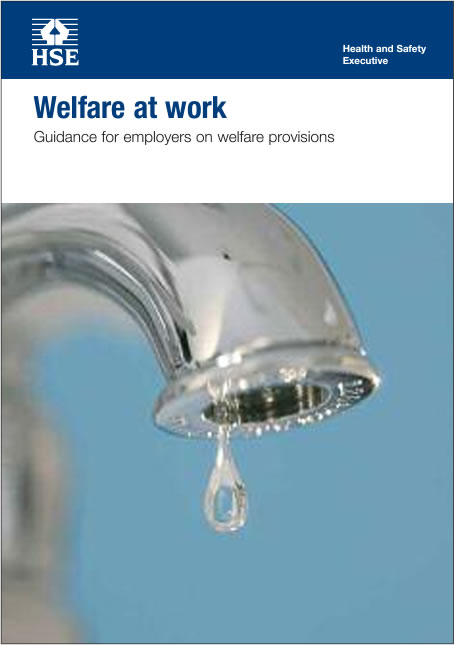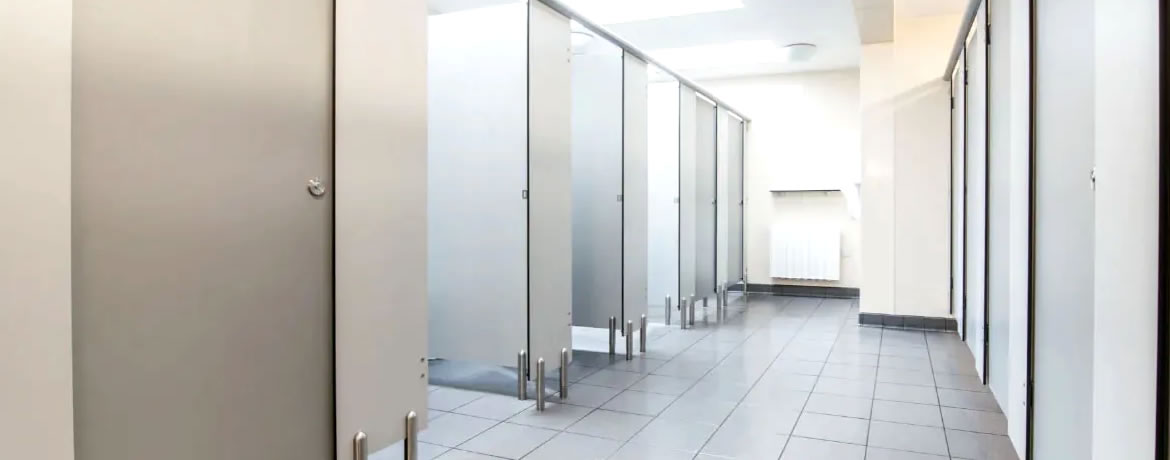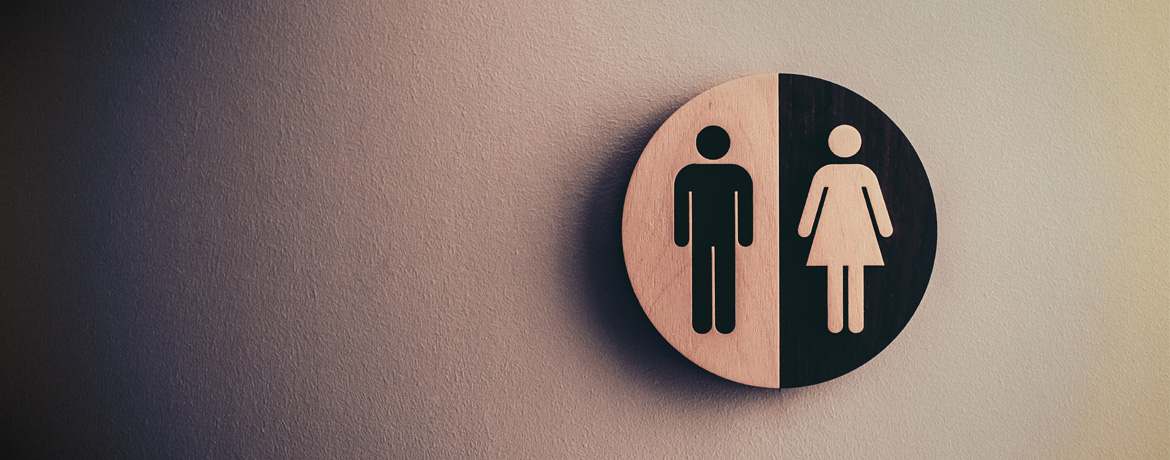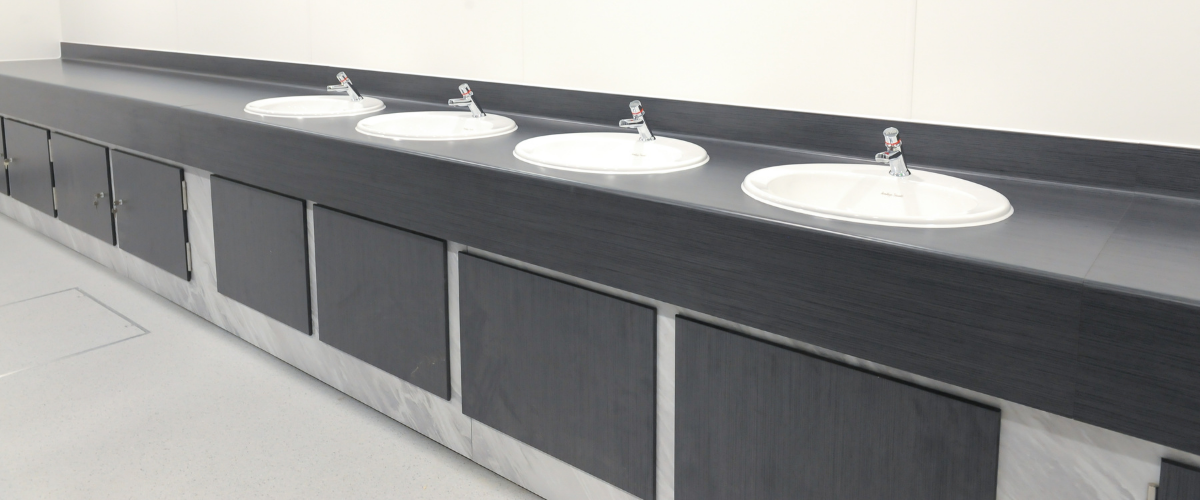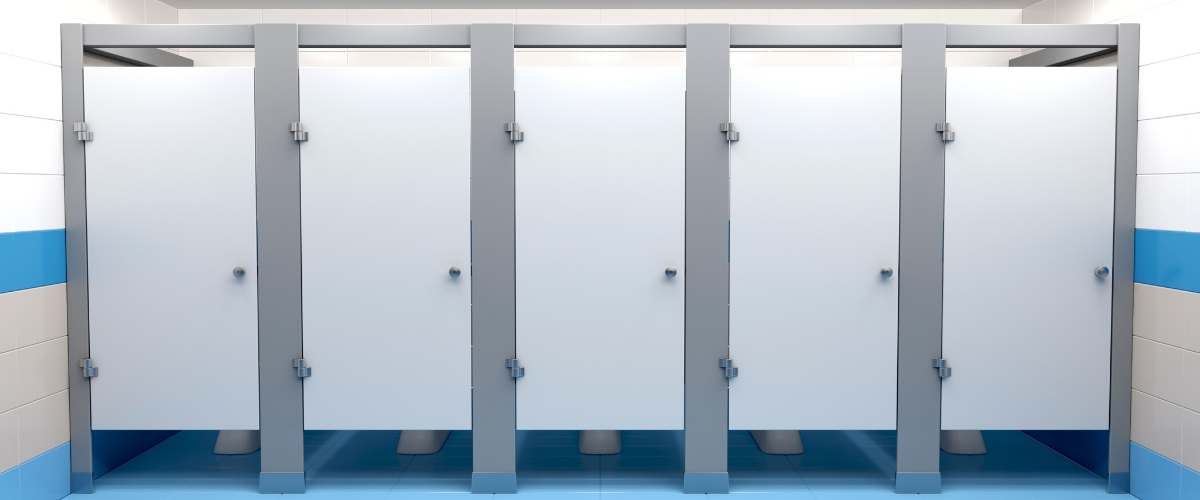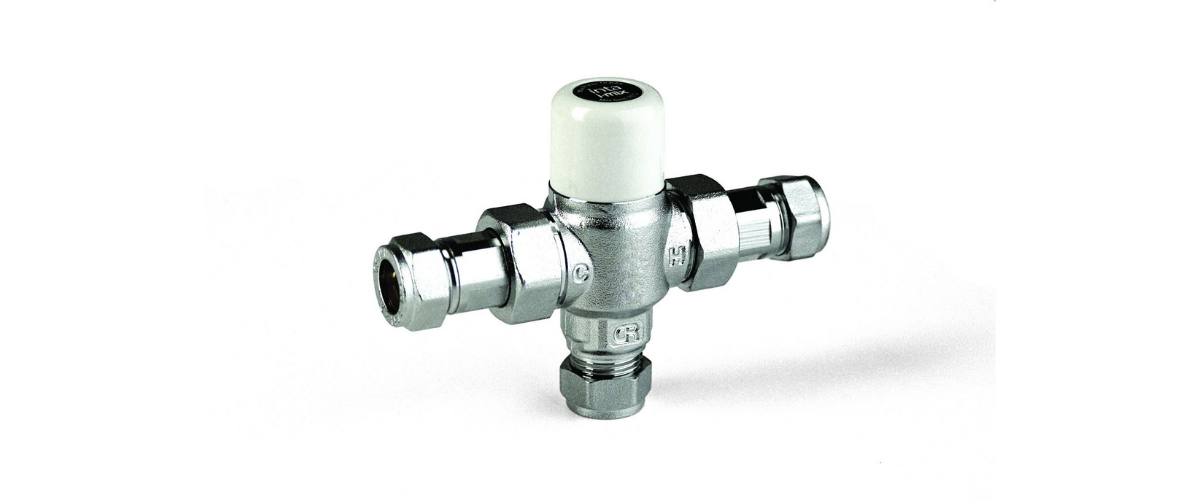Welfare at work - Guidance for employers on Washroom and Toilet provisions

Welfare at Work
If you are an employer you must ‘so far as is reasonably practicable’, provide adequate and appropriate welfare facilities for them while they are at work including Washrooms and Toilet Facilities.
This means you must provide such facilities unless it is clearly unreasonable in terms of time, trouble, cost and physical difficulty.
‘Welfare facilities’ are those that are necessary for the well-being of your employees, such as washing, toilet, rest and changing facilities, and somewhere clean to eat and drink during breaks.
This Article summarises the Washroom requirements of the HSE 'Guidance to employers on Welfare Provisions and gives you simple advice on how you can meet requirements when designing a Commercial Washroom. The requirements cover more than just Washrooms, and we recommend that you download the full PDF.
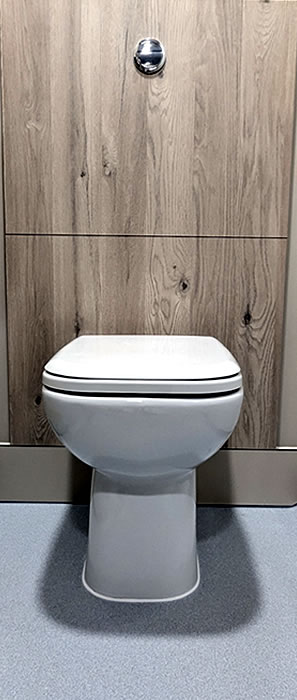
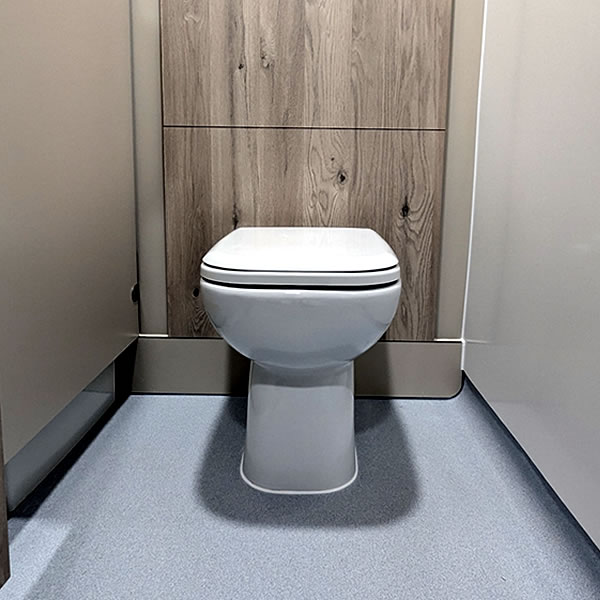
What toilet and washroom facilities does an Employer need to provide?
You have to provide adequate Toilets and Washing facilities for your employees. ‘Adequate’ means you have to provide:
- enough Toilets and Washbasins for those expected to use them - people should not have to queue for long periods to go to the toilet;
- where possible, separate facilities for men and women - failing that, rooms with lockable doors;
- clean facilities - to help achieve this, walls and floors should preferably be tiled (or covered in suitable hygienic, waterproof material) to make them easier to clean;
- a supply of toilet paper holders and, for female employees, a means of disposing of sanitary dressings;
- facilities that are well-lit and ventilated;
- facilities with hot and cold running water;
- enough soap dispensers or other washing agents;
- a wash basin or vanity unit basin large enough to wash hands and forearms if necessary;
- a means for drying hands, e.g. paper towels or a hot air dryer;
- commercial showers where necessary, e.g. for particularly dirty work.
- Depending on Religious requirements, it may be necessary to provide a Wudu wash station for observers of Islam.
You must always consider the washroom needs of those with disabilities.
How many facilities does an employer need to provide?
The following tables show the minimum number of toilets and washbasins that an employer should provide.
| Number of people at work | Number of Toilets | Number of Washrooms |
|---|---|---|
| 1 - 5 | 1 | 1 |
| 6 - 25 | 2 | 2 |
| 26 - 50 | 3 | 3 |
| 51 - 75 | 4 | 4 |
| 76 - 100 | 5 | 5 |
| Number of men at work | Number of Toilets | Number of Urinals |
|---|---|---|
| 1 - 15 | 1 | 1 |
| 16 - 30 | 2 | 1 |
| 31 - 45 | 2 | 2 |
| 46 - 60 | 3 | 2 |
| 61 - 75 | 3 | 3 |
| 76 - 90 | 4 | 3 |
| 91 - 100 | 4 | 4 |
Staff working in Remote Places or temporary worksites
You may need to provide chemical toilets and washing facilities, such as water containers. You need to provide flushing toilets and running water. Portable cabins converted into toilet facilities are available from hire companies. If this is not possible, consider alternatives such as chemical toilets, water containers and drinking fountains.
The use of public toilets and washing facilities should be a last resort and not used just because they are the cheaper option. This would not be acceptable where the provision of better facilities would be reasonably practicable.
What facilities does an employer need to provide at work for changing and storing clothing?
If the work activity requires your employees to change into and wear specialist clothing (overalls, a uniform, thermal clothing, etc), then you must provide enough changing rooms for the number of people expected to use them.
Where a changing room is provided, it should:
- be readily accessible;
- contain, or lead directly to, clothing storage, i.e. Changing Room Lockers and washing facilities;
- Provide changing Room Benches or seating;
- provide Clothes Hook for Hanging clothes - a hook or peg may be sufficient;
- ensure the privacy of the user.
Separate use of changing facilities should be available to men and women.
Try to prevent employees’ own clothing from coming into contact with work-soiled clothing or getting dirty or wet. Provide separate storage for clean and contaminated clothing, which:
- allows wet clothing to be hung up to dry out during the course of the day;
- is well-ventilated.
Commercial Washroom Design Service
Commercial Washrooms is an expert in the Design, supply, and installation of Washrooms across the UK. Contact our Commercial Washroom Design Team to discuss your requirements and obligations.



